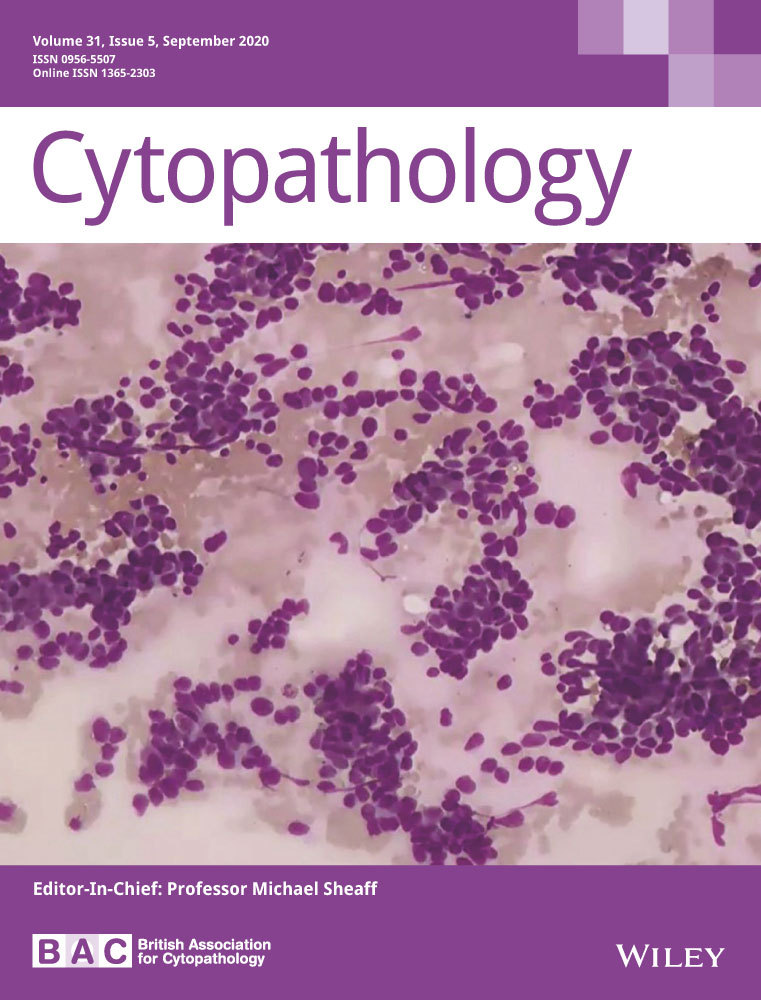Assessing competency for remote telecytology rapid on-site evaluation using pre-recorded dynamic video streaming
Abstract
Introduction
Telecytology using real-time microscopy has gained popularity for rapid on-site evaluations (ROSE). Although proficiency testing is routinely used in cytopathology, no established means of competency assessment is currently available for telecytology. Our aim was to determine the feasibility of a dynamic (real-time) platform to assess telecytology competency.
Methods
Remote Medical Technology dynamic (real-time) video streaming platform for ROSE is used at our institution, and short video clips of telecytology cases were recorded using Camtasia Studio 8 software during different ROSE sessions. Selected MP4 videos (range 13-88 seconds, mean 33 seconds), along with clinical histories, were used to build a multiple-choice question test with one training case and 20 test cases, utilising Tutor (Philips) software to host the web-based test. The test was voluntary for cytopathologists and cytotechnologists. Answers and feedback from test takers were analysed.
Results
Thirteen participants—four cytopathologists and nine cytotechnologists—previously trained to use telecytology, volunteered to take the test. Individual scores ranged from 10 (50%) to 19 (95%) with a median of 16 (80%). Most feedback received involved technical difficulties.
Conclusions
We present, to the best of our knowledge, the first tool to assess telecytology competency for ROSE using pre-recorded dynamic streaming videos. Despite technical challenges related to incorporating videos into a web-based test, the test was feasible and provided users with valuable feedback about their ROSE performance. Future effort will be devoted to establishing a more user-friendly test platform and establishing a benchmark for passing scores.
Abstract
This paper illustrates that an assessment tool for telecytology competency for ROSE using pre-recorded dynamic streaming videos is feasible. In addition, the novel test provided users with valuable feedback about their ROSE performance and provides feedback on the challenges related to telecytology ROSE.
CONFLICT OF INTEREST
All authors have declared that there are no financial conflicts of interest with regard to this work.
Open Research
DATA AVAILABILITY STATEMENT
Research data are not shared.




